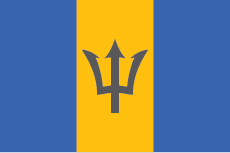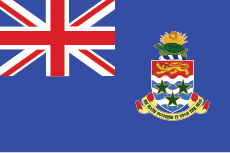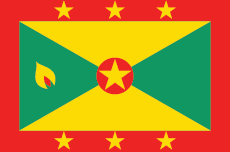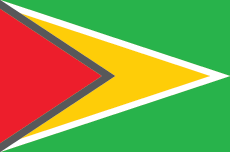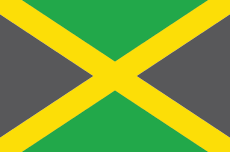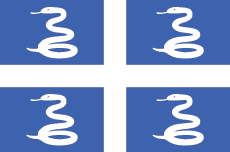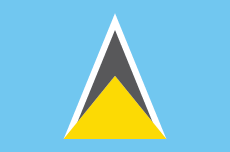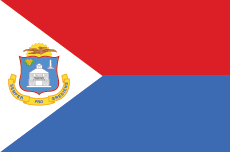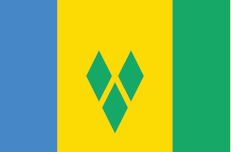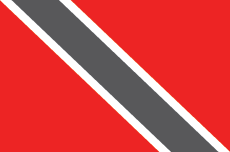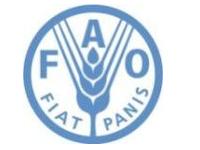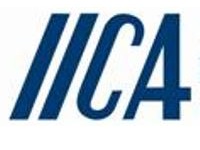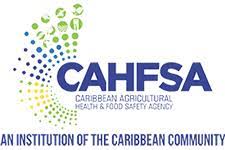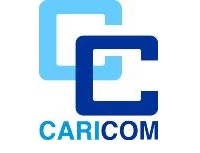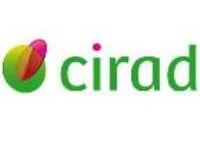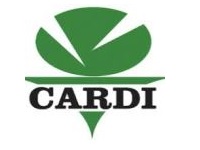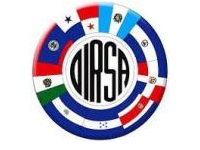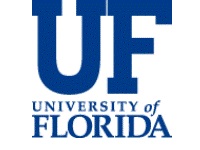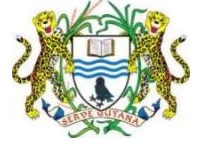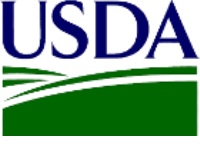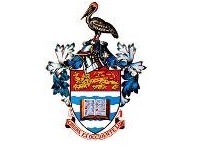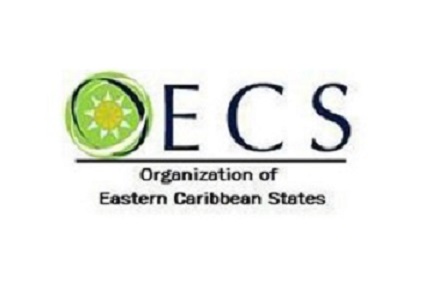Overview
At the first meeting of the Plant Health Directors’ Meeting held April 23-25, 2008 at the Caribbean Community (CARICOM) Secretariat (CCS) Headquarters, Georgetown, Guyana, it was agreed to form several Technical Working Groups (TWGs). One such group was the Palm Pest Complex Group which held its first meeting in Trinidad, January 12-13, 2009. The TWG on Palm Pests held its second meeting on July 29 2010 at The Gran Courland Hotel, Tobago. The third meeting was held on July 19th 2012 at the Ministry of Food Production, Research Division, Central Experiment Station, Centeno, Trinidad. At the 3rd Caribbean Plant Health Directors’ Meeting held in Guyana, 4-5 March 2009, it was agreed to revise the name from The Palm Pest Complex Group to the Technical Working Group (TWG) on Palm Pests. The TWG on Red Palm Mite was subsequently subsumed into this TWG on Palm Pests.
General Objective
The general objective of this working group is to safeguard the Caribbean from threats and/or the impacts of introduction, economic damage and spread of pests of palms through scientific investigation/research and the provision of advice on all matters related to pests of palms.
Pest of Concern
Membership
Supporting Organizations
- Center for Agricultural Biosciences International (CABI International)
- CARICOM Secretariat
- Food and Agriculture Organisation (FAO)
- Inter-American Institute for Cooperation on Agriculture (IICA)
- United States Department of Agriculture/Animal and Plant Health Inspection Service GCSI (USDA/APHIS)
Affected Countries
All 27 Countries occupying the Caribbean Sea.
Specific Objectives
Where necessary the specific objectives (in no order of priority) should be to:
- To investigate the biology and distribution of molluscs pests
- Make recommendations to the Plant Health Directors Meeting for consideration of Molluscs Pests to be placed on national/regional priority pest lists
- Conduct and disseminate pest risk analyses on Molluscs Pest.
- Determine and recommend system(s) for prevention, surveillance, control and/or eradication of Molluscs Pests.
- Determine the level of diagnostics required for detection [control or eradication].
- Advise on surveillance and monitoring activities (national & regional)/projects/programmes required for Molluscs Pests to include a protocol for surveillance
- Recommendations for training and building capacity
- Recommend emergency preparedness for outbreaks if required
- Advise on Public awareness with emphasis on community participation
- Investigate/research new methods of prevention, spread, control, eradication
- Address emerging issues.
- Prepare discussion and scientific papers/publications when relevant
- Assist with the development of notifications re WTO obligation upon request
- Make recommendations on any issue (including ISPMs, etc.) concerning Molluscs Pest to the Caribbean Plant Health Directors to guide on discussion in the international, regional and national fora.
- Report to the Meeting of Plant Health Directors
- Verification and validation of information using international standards
- Advise on synergies with other initiatives, programmes and projects
- Advise on affiliations with other Groups, associations etc
- Report to the Meeting of Plant Health Directors
Impact
Coconut palms are a vital part of the subsistence agriculture in many tropical coastal areas. The trees require very few inputs, and yet provide food, fuel and shelter as well as much-needed income. However, with the spread of Red Palm Mite and Lethal Yellowing (LY) Disease, two (2) major pests of concern of Palms, throughout the Caribbean region is having a serious impact.
Lethal Yellowing (LY) disease is not only destructive on coconut but on at least 30 other species on palms. It is particularly aggressive on the tall varieties grown almost exclusively in the Caribbean Region. The economic impact is multifaceted in keeping with the many uses of the plant. A major commodity of international trade is copra, the dried endosperm, which yields oil that is extensively used in the production of soap, margarine, cooking oil, cosmetics and a variety of processed foods, ice cream and pastries. The disease has been responsible for the deaths of over 7 million coconut palms in Jamaica alone.
Red palm mite was first sighted in Martinique in 2004 , which was the first in the Western Hemisphere. Since then, the mite has been confirmed in Saint Lucia and Dominica in 2005, and Trinidad, Guadeloupe, Jamaica and Grenada among others in 2006. The mites are usually found on the underside of leaves, often in large groups of hundreds of individuals and are visible to the naked eye. The explosive appearance of red palm mite in these countries makes it a serious pest risk for the Caribbean and sub-tropical regions of the USA. The mite could be an enormous threat to the ornamental palm industry as well as banana, coconut and date production. Significant infestations have been observed in the Caribbean on banana plants (Musa spp.,Musaceae), heliconias (heliconiaceae) and gingers (Ziniberaceae).
Damages to coconut, ornamental palms and bananas are extensive. It is considered that the Red Plalm Mite has serious consequences on these industries for Caribbean Islands. Damage to coconuts results in a 70 % yield reduction and possibly job losses leading to a major socio-economic problem for some of the islands.
Achievements
Published resource book “Palms of Trinidad and Tobago”
A resource book recently published: “Palms of Trinidad and Tobago” to be distributed to countries.
Read MoreProduction of data sheets for four (4) Pests
Production of data sheets for Lethal Yellowing of coconuts, Red Palm Mite, Red Ring disease and Red Palm Weevil
Read MoreDevelopment of a list of Regional Exotic Quarantine Pests
A list of Exotic Quarantine Pest that poses a threat to the Region was developed.
Read MorePreparation of a prioritized list of Palm Pests
A prioritized list of palm pest which was prepared by a Committee of Experts.
Read More
